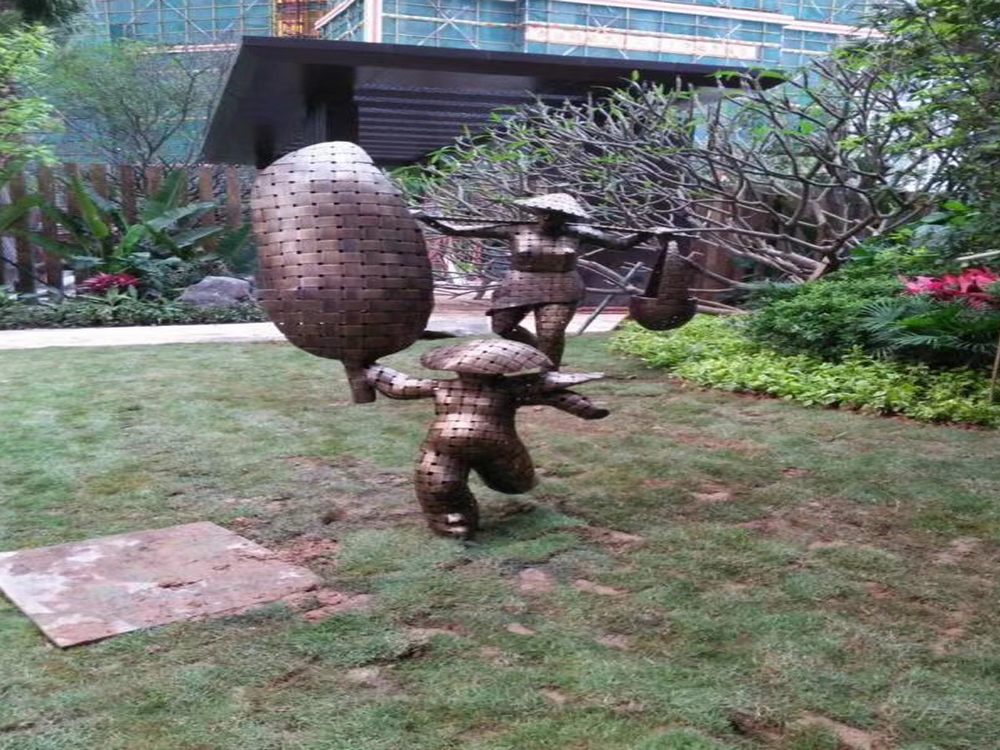
Bronze sculpting is an ancient art form, but modern artists are pushing boundaries by embedding digital or interactive components into their works. This fusion of tradition and technology creates dynamic pieces that captivate audiences in unprecedented ways.
The process begins with traditional bronze casting techniques, where artists sculpt their designs in clay or wax before casting them in bronze. Once the physical form is complete, digital elements like LED lights, motion sensors, or augmented reality (AR) markers are integrated. These components can be embedded within the sculpture or attached to its surface, depending on the desired effect.
Interactive features often rely on microcontrollers such as Arduino or Raspberry Pi, which connect sensors to outputs like sound, light, or even moving parts. For example, a bronze sculpture might light up when a viewer approaches or play audio when touched. AR components, on the other hand, allow viewers to use smartphones to unlock digital layers—animations, historical context, or virtual extensions of the artwork.
Artists like Nam June Paik and teamLab have pioneered such hybrid creations, proving that bronze sculptures can evolve beyond static forms. By merging tactile craftsmanship with digital innovation, these works bridge the gap between physical and virtual art, offering immersive experiences that redefine audience engagement.
The result is a new genre of sculpture—one that honors traditional methods while embracing the possibilities of modern technology. As tools become more accessible, expect to see even more groundbreaking combinations of bronze and digital interactivity in contemporary art.

